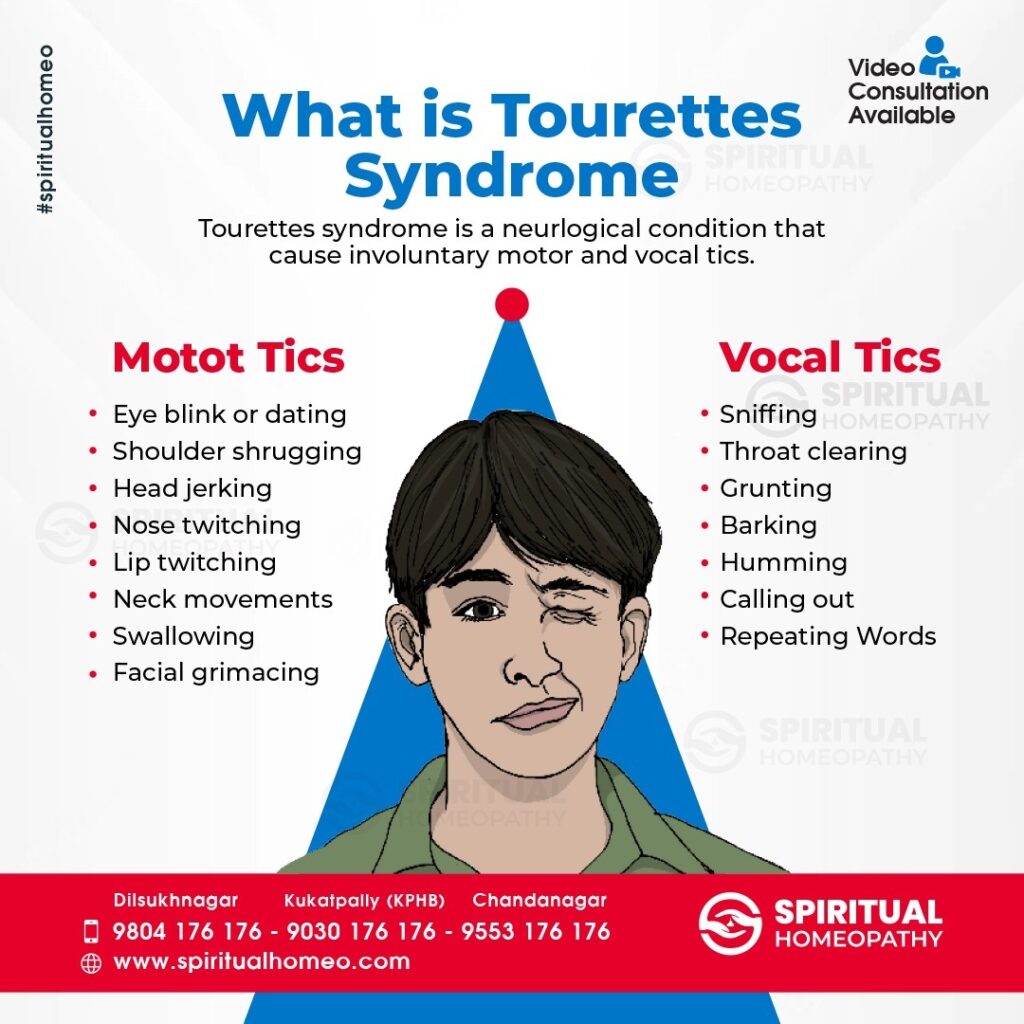Tourette syndrome (TS) is a neurodevelopmental disorder characterized by repetitive, involuntary movements and vocalizations called tics. Tics are sudden, rapid, and stereotyped behaviors or sounds that people with Tourette syndrome cannot control. These tics can be either motor or vocal in nature.
Motor tics involve movements of different body parts, such as blinking, head jerking, shoulder shrugging, or facial grimacing. Vocal tics involve making sounds, such as throat clearing, grunting, sniffing, or, in some cases, the repetition of words or phrases. Tics usually appear during childhood and can change in severity over time. They tend to peak in severity during adolescence and often improve or even disappear in adulthood.
In addition to motor and vocal tics, individuals with Tourette syndrome may also experience other associated conditions, such as attention-deficit/hyperactivity disorder (ADHD) and obsessive-compulsive disorder (OCD). The exact cause of Tourette syndrome is not well understood, but it is believed to involve a combination of genetic and environmental factors.
While there is no cure for Tourette syndrome, various treatments, including behavioral therapy and, in some cases, medications, can help manage the symptoms and improve the quality of life for individuals with the condition. It’s important to note that the severity and types of tics can vary widely among individuals with Tourette syndrome, and not everyone with the condition will experience the same symptoms.




